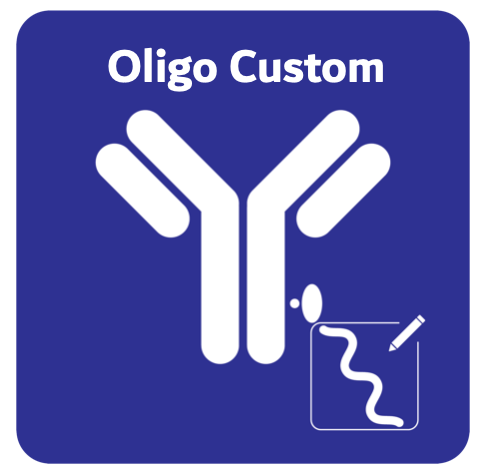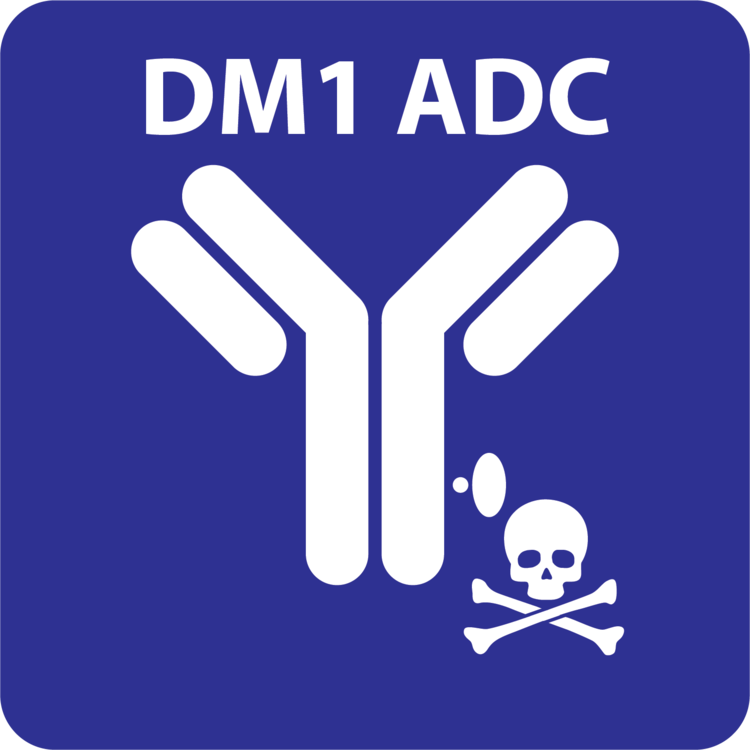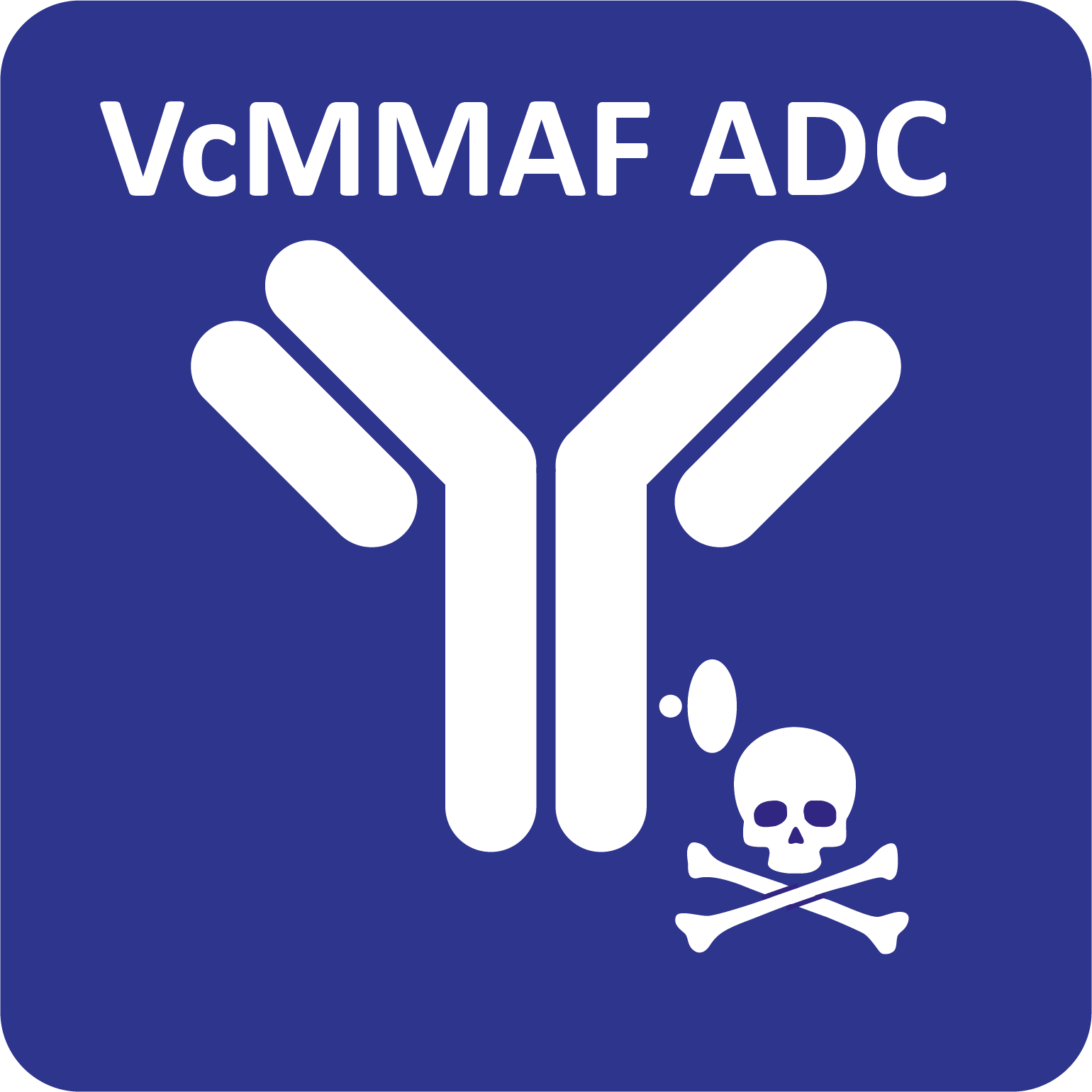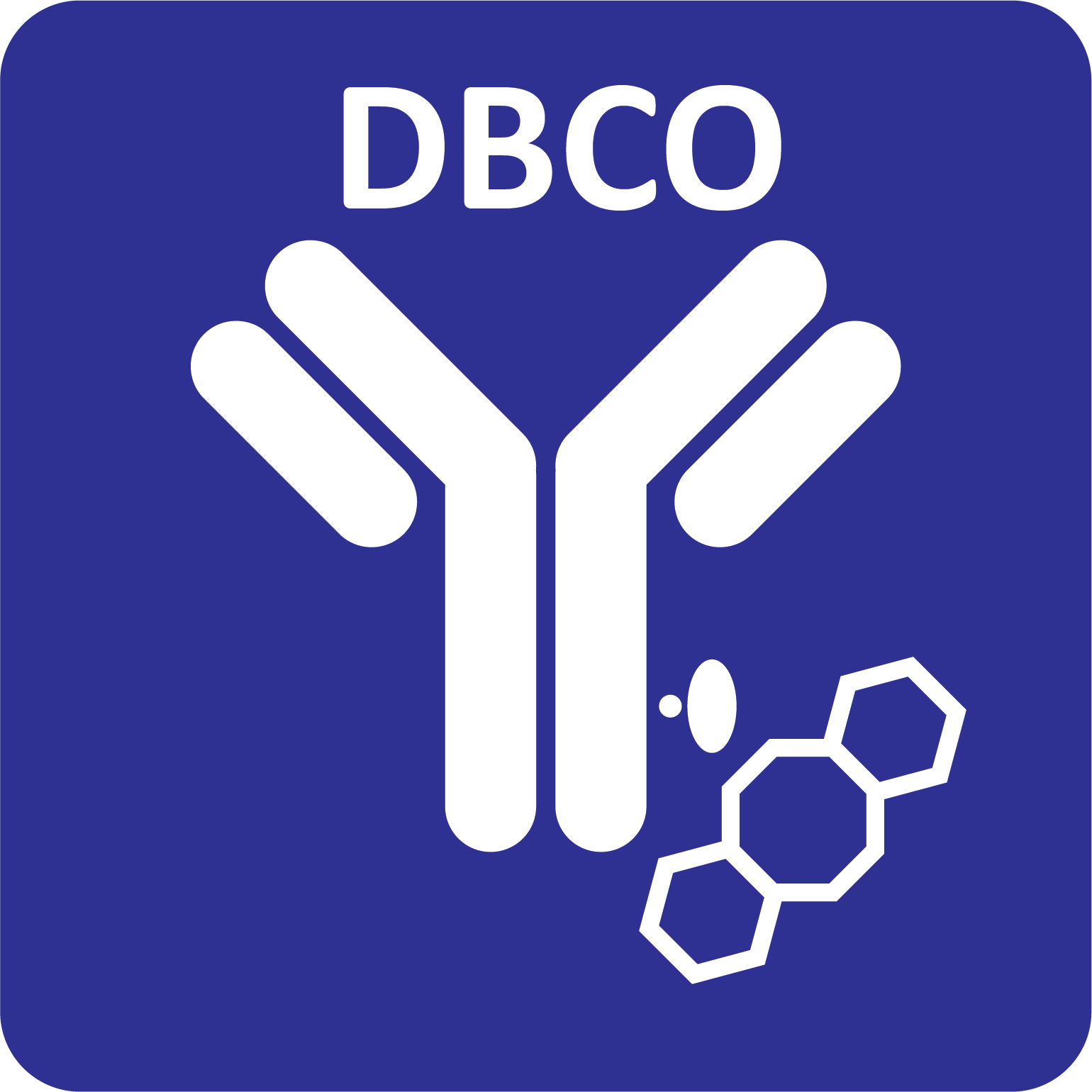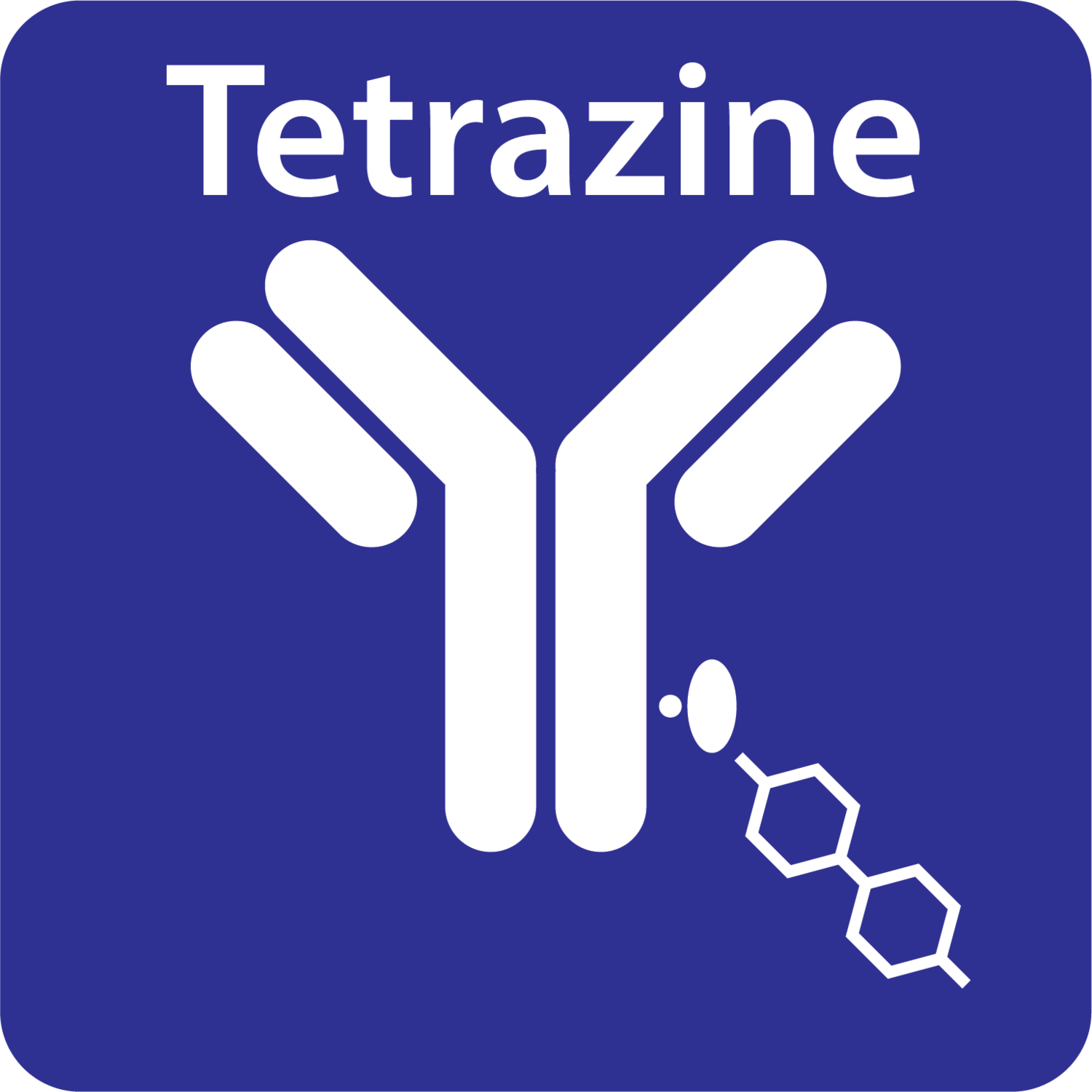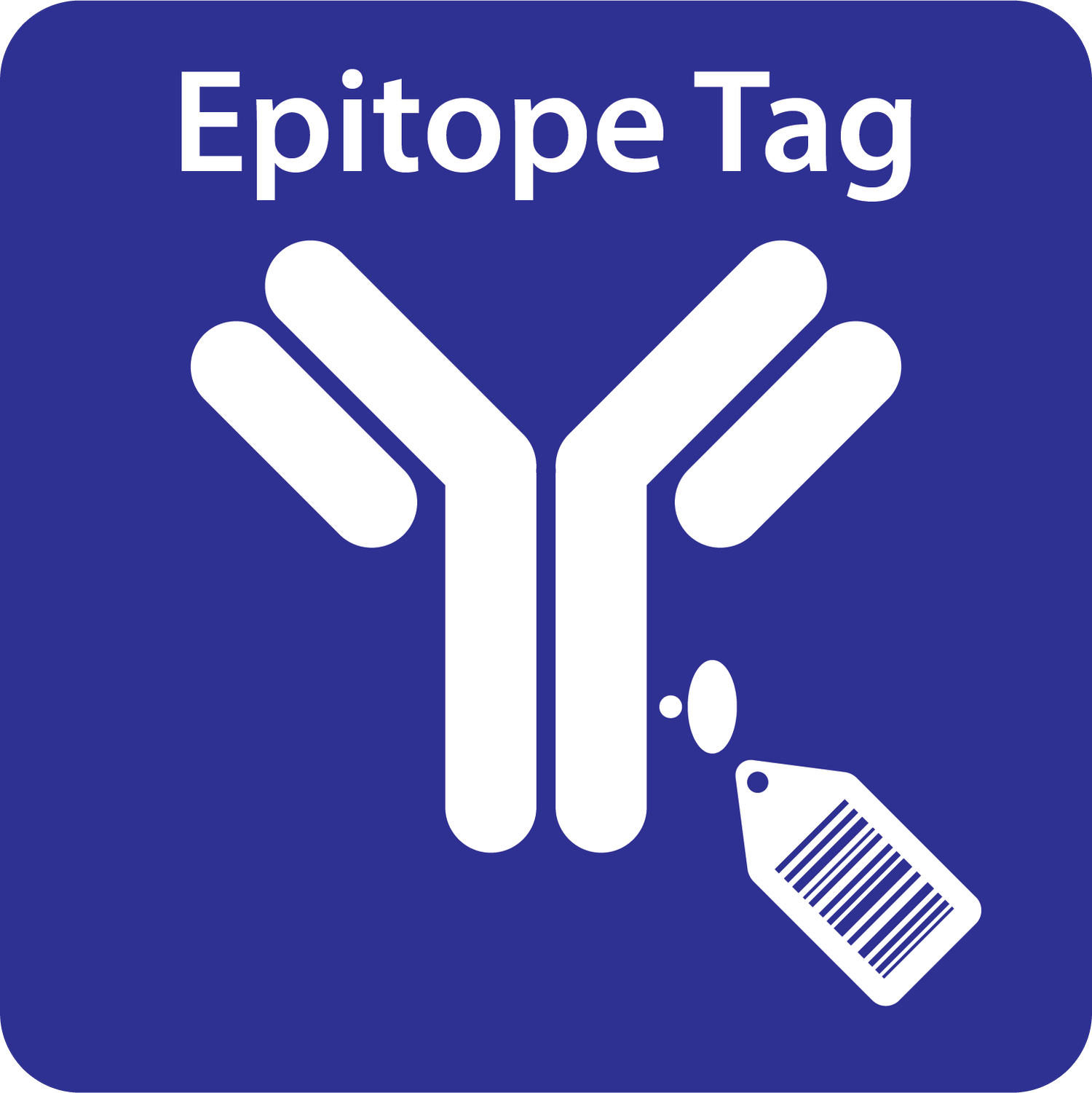Your cart is currently empty!
A Comparison of Amine Conjugation and Light-Activated Site-Specific Conjugation Techniques
Antibody-oligonucleotide conjugates are gaining popularity for their ability to precisely detect very small quantities of proteins, therefore significantly increasing assay sensitivity and specificity, whilst also enabling new multiplexing strategies. However, it is well established that the antibody-oligonucleotide conjugation process is expensive, time consuming and requires high levels of expertise.
Fortunately, the development of commercially available kits that simplify labeling of antibodies to oligos has removed much of this complexity. There are many oligonucleotide conjugation products now available that are helping researchers (even those with limited antibody labeling experience) perform their own antibody-oligonucleotide conjugations in the lab, without having to outsource or hire an expert.
There are several chemical approaches that can be used to conjugate an antibody to an oligo including amine conjugation, labeling of carbohydrate residues, or via reducing disulfide bridges on the antibody to expose their reactive group. In this blog we compare the most common conjugation approach adopted by commercially available technologies, amine conjugation, to AlphaThera’s innovative Light-Activated Site-Specific Conjugation approach.
Amine Conjugation Technologies
Primary amines (-NH2) are common targets on antibodies for linking oligonucleotides (as well as other labels). They present throughout every antibody, mainly on the lysine residues but also on the N-terminus of each polypeptide chain. The abundance and distribution of amine groups across the antibody, alongside their ability to be easily modified because of their location and reactivity, establishes amine directed conjugation as the most popular technique adopted by commercially available antibody-oligonucleotide labeling technologies.
Products using an amine conjugation approach have played a significant role in the progression of research using oligo conjugates, however there are some drawbacks to these technologies which should be addressed:
-
Potential blocking of antibody binding sites: Primary amines are distributed across the entire antibody, meaning there is the potential for the oligo to attach at the antibody binding site. This then would render the conjugate useless, wasting expensive antibody and oligo, as well the time required for the conjugation procedure and the application itself.
-
Long protocols with many steps: Although the conjugation procedure is made simpler with the development of these conjugation technologies, there are still lengthy protocols associated with the labeling process. For example purification of the antibody and oligo is required prior to conjugation, as well as oligo and antibody activation, and desalting steps.
-
Large quantities of material required: These technologies require sizable quantities of antibody (usually over 100ug), as well as large quantities and a molar excess of oligo to ensure successful conjugation, resulting in additional cost.
-
Pre-conjugation purification of antibody required: In addition to the already lengthy labeling procedure, any antibody used with amine directed conjugation technologies will need to be purified in advance of conjugation, as proteins in the antibody buffer such as BSA, or even some salts such as Tris and sodium azide would otherwise interfere with the conjugation reaction.
Light-activated site-specific conjugation (oYo-Link®)
Controlled, reliable and rapid antibody-oligo conjugation in just 2 steps.
AlphaThera’s oYo-Link® Antibody-Oligo Conjugation Reagents offers an innovative approach to labeling.
oYo-Link reagents consist of low molecular weight (~8 kDa), high-affinity antibody-binding domains that possess a photo-crosslinker within their Fc-binding site. Upon illumination with non-damaging Black-light, oYo-Link forms a covalent bond with the antibody.
This procedure is referred to as Light-Activated Site-Specific Conjugation (LASIC). Any label that is attached to oYo-Link will be covalently attached to the desired antibody.

The researcher simply has to submit their oligonucleotide sequence. We then source from our partner provider (IDT) before combining with our oYo-Link® technology. We then send the oYo-Link Oligo reagent back to the researcher ready for conjugation to the antibody of their choice. All that is needed is an LED Crosslinking Device.

2 steps – mix & illuminate
One of the main advantages of this conjugation approach is the significantly reduced hands-on time. Unlike other conjugation technologies which demand antibody purification, as well as activation of the oligo and antibody prior to conjugation, oYo-Link® Oligo requires only 2 steps – mix and illuminate. Furthermore, after just 2 hours the conjugates are ready to use!

Site-Specific – controlled reactions & no loss of antibody functionality
oYo-Link® Oligo offers several more benefits over other commercially available technologies and kits. In particular, the ability to site-specifically label the antibody on the Fc region only ensures controlled reactions with a consistent number of oligo attached, and confidence that there will be no attachment of the Oligo in the antigen binding site.
oYo-Link Oligo also enables conjugation of oligonucleotides with very small quantities of antibody in diluted concentrations – as little as 1ug in concentrations as low as than 0.05mg/ml!
Below we compare the main features of oYo-Link® and LASIC approaches to conjugation with other commercially available technologies using amine directed oligonucleotide conjugation:
| Feature | Light Activated Site-Specific Conjugation (oYo-Link®) | Amine-Directed Conjugation Kits & Technologies |
|---|---|---|
| Hands-on time | 30 seconds | Ranges from 30 minutes to 4 hours |
| Total steps | 2: Mix & illuminate | 10 or more steps |
| Total conjugation time | 2 hours | Ranges from 1 to 8 hours |
| Minimum antibody concentration | 0.05 mg/mL | 0.5mg/ml |
| Control over reaction | Site specific: labeling of antibody Fc region only, so no interference with antibody binding site 1 – 2 oligos per antibody | No control of where oligo will bind, possible interference with antibody binding site. Ability to generate conjugates of different ratios of antibody:oligonucleotide. |
| ssDNA & dsDNA labeling | Yes: ssDNA & dsDNA up to 180bp | Yes: ssDNA of 10–120 bp and must contain terminal amine group dsDNA up to 80 bp |
| Minimum antibody quantity | Label as little as 1µg | Ranges from 25ug to 100ug |
| Conjugation efficiency | >90% | >90% |
| Number of kit components | 1 vial oYo-Link®-Oligo reagent ready for conjugation with your antibody* | 8+ reagents/components |
| Buffer compatibility | Compatible with all common buffers including BSA, Tris & Azide No purification required | Must be in an amine free buffer without Sodium Azide, BSA, Tris, gelatin Purification required |
| Sourcing the oligonucleotide | Submit your sequence requirements, we order your oligo for you & send your oligo ready to conjugate immediately (all oligos synthesized by IDT) No pre-conjugation preparation or purification steps | You source and purchase the oligo and purify and prepare for conjugation as required |
| Removal of free oligo post labeling | May be required for specific applications | May be required for specific applications |
| Multiple usage | Store any unused oligo-oYo-Link® for use at a later date | All kit reagents must be used in each reaction |
*oYo-Link reactions require an LED Crosslinking device which you can purchase here. Alternatively see compatible devices here.
As can be seen from the above table, there are comparable features of both approaches to antibody-oligonucleotide conjugation; however oYo-Link is providing scientists with an even quicker, more efficient and cost effective labeling solution that’s helping to further advance the use of antibody-oligo conjugates in research.
For more information or for any technical questions about oYo-Link Oligo get in touch with our technical team at support@alphathera.local. Alternatively click here to view and order oYo-Link Oligo, or request a quote here.
You might also be interested in these resources:
eBook:
Blogs:
CITE-seq: Exploiting Antibody-Oligonucleotide Conjugates for Studying Disease at the Cell Level
How to overcome poor antibody-oligonucleotide conjugation efficiency

